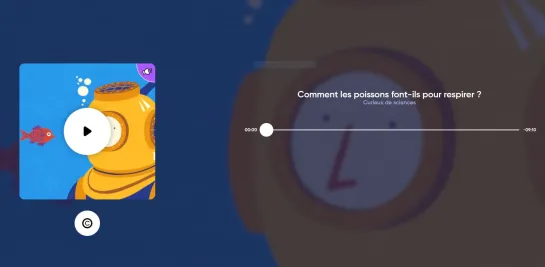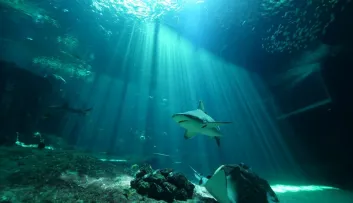How do fish breathe underwater?
That's why fish don't blow bubbles!
- 2mn read

Not everyone is Léon Marchand and can stay underwater for long seconds without breathing! Whether underwater or on land, living beings need oxygen to live.
And if mammals, whether land or sea, have lungs to breathe the air around them, how do fish breathe?
Well, in aquatic environments, the gills play the role of lungs and are there to capture the oxygen found in the water.
The gills are these very red lamellae, rich in blood vessels, which are hidden by the opercules, the bony plates behind the eyes of fish.
This is how fish breathe: water enters the fish's mouth and, as it passes through the gills, gas is exchanged between the water and the blood, which is charged with oxygen and releases CO2.
And because fish breathe on the oxygen in the water and not by swallowing air, they don't blow bubbles!
But there are exceptions! Eels, for example, breathe through their skin. Catfish have gills but can swallow a gulp of air to breathe. To get it out, they either breathe through their mouth or their anus... So catfish are farting fish!
Curieux de Sciences podcast - BayaM
Discover the episode of the "Curieux de sciences" podcast: How do fish breathe in water? (In French)
The BayaM playlist: Under the Ocean In collaboration with Nausicaa, Bayam is offering a special playlist entitled Under the Ocean. This playlist is designed to help curious youngsters discover the underwater world in a fun and educational way. It offers free, unlimited access to a variety of content, including audio, video, games and books.



